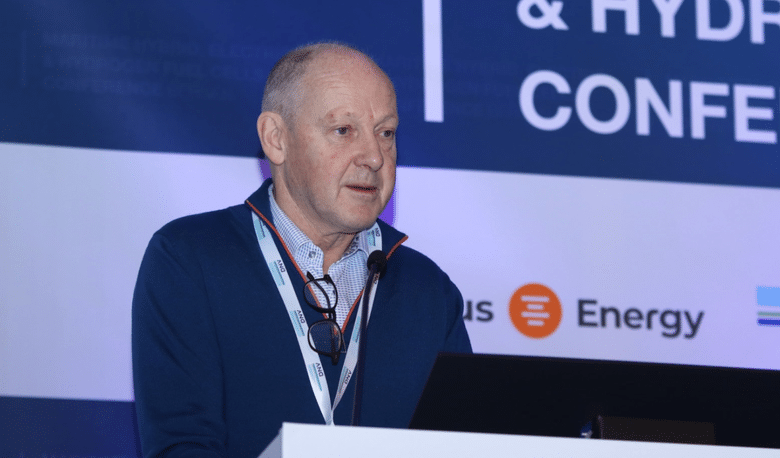Riviera – News Content Hub

European Commission directorate-general for mobility and transport Ricardo Batista presented the latest European Union (EU) regulations and incentive schemes for encouraging shipping to cut emissions during Riviera Maritime Media’s Maritime Hybrid, Electric & Hydrogen Fuel Cells Conference in Bergen, Norway, 18 October.
He explained how the emissions trading scheme (ETS) will be joined by the FuelEU Maritime regulation, carbon taxes and actions to prompt ports to invest in shore power supply.
These are all part of the EU’s Fit for 55 programme to reduce GHG emissions by 55% by 2030 and be climate neutral by 2050. The ETS, carbon taxes and trading scheme promote energy efficiency and the transition away from fossil fuels.
EU’s FuelEU Maritime aims to attract investment to produce and consume low-carbon and net-zero fuels, such as biodiesel, bioLNG, biomethanol and the development of synthetic fuels derived from renewable power generation – e-methanol, e-diesel, e-LNG, hydrogen and ammonia.
He anticipates FuelEU Maritime regulations will apply from January 2025, while the plan will be monitored from August 2024.
Within Fit for 55, the European Commission aims to drive shipping to cut CO2 emissions with a 2% reduction per ship in 2025, 6% in 2030, 14.5% in 2035, 31% in 2040, 62% in 2045 and 80% in 2050.
Technologies that can be used to achieve these targets include a kite-sail system, rigging sails, solar sails, renewable low-carbon fuels, onshore power, hydrogen fuel cells, low-carbon fuel for auxiliary power, multi-fuel engines and fuel cells.
“We will also be considering the use of onboard carbon capture and storage in the future,” said Mr Batista.
The next major push by the EU will be promoting the production and consumption of zero-emissions fuels and other power sources.
Source link
